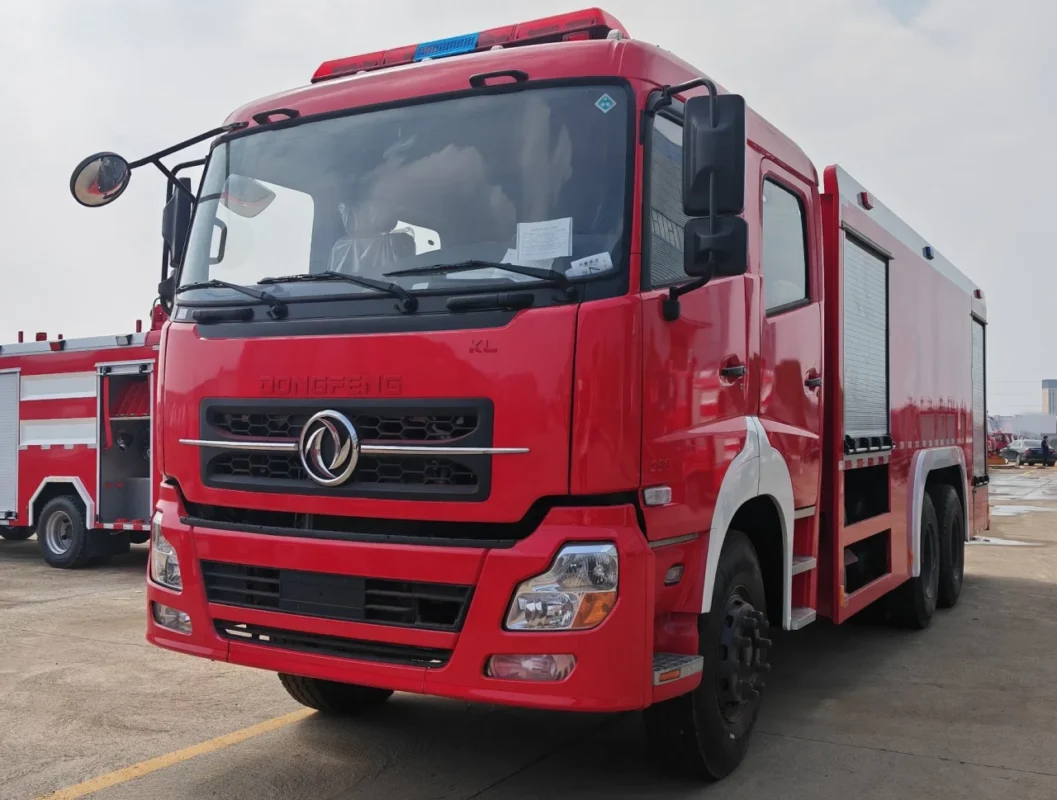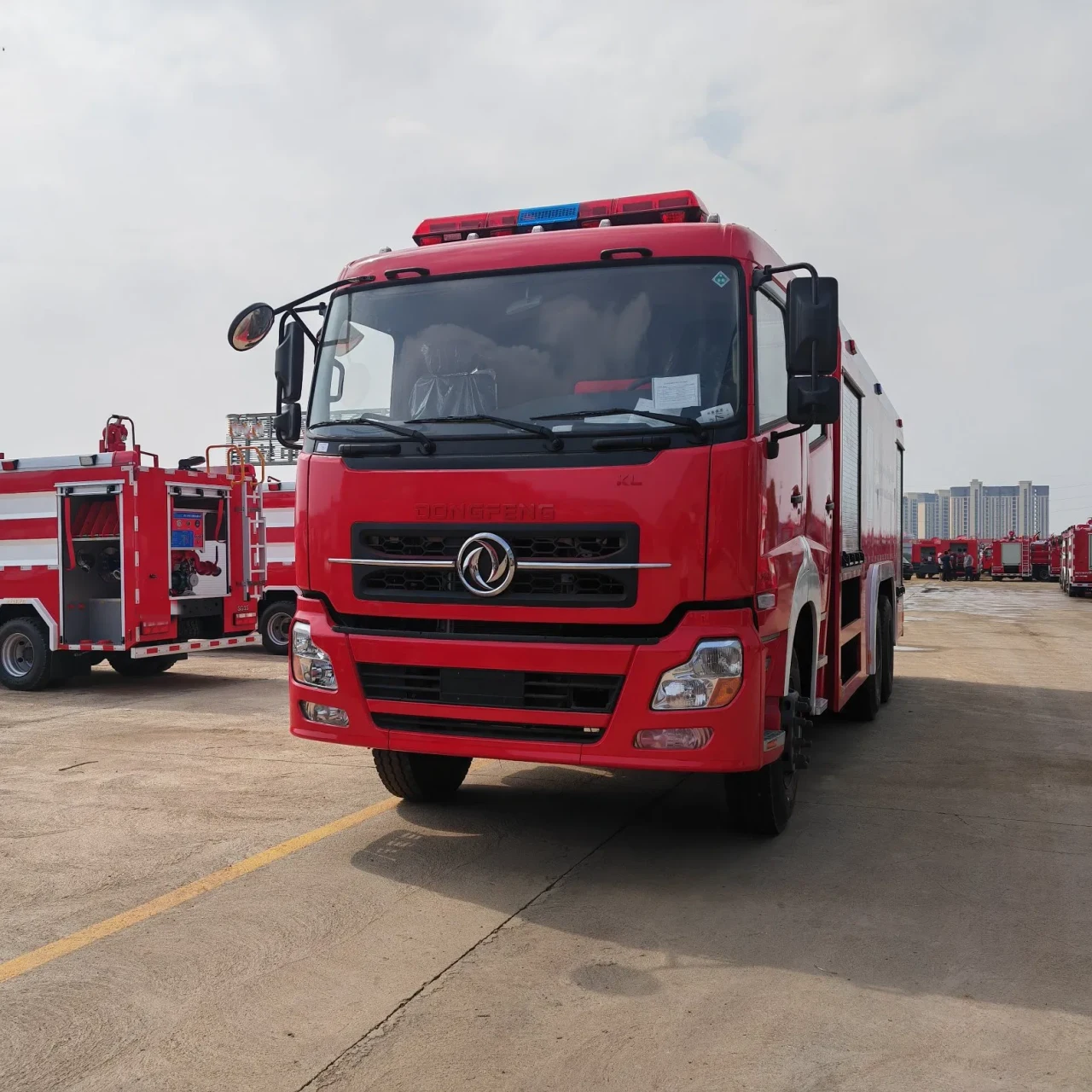Language is a fascinating window into culture, and 1 of the many differences between British and American English lies in how certain everyday vehicles are named. One such example is the “fire truck.” While the term “fire truck” is widely used in American English, people in the United Kingdom typically refer to these vehicles by a different name. So, what do English people call fire trucks? The answer: fire engines.
But the distinction goes deeper than just vocabulary. In this article, we’ll explore the origins of the term “fire engine,” compare British and American terminology, discuss the features and functions of these vehicles in the UK, and take a brief look at how language influences perceptions of emergency services across the world.
Fire Engines vs. Fire Trucks: The Terminology Divide
In the United Kingdom, the vehicle commonly referred to as a “fire truck” in the United States is generally known as a fire engine. This isn’t a regional slang term—it’s the official terminology used by fire services, government departments, and the public alike.
The term “fire engine” has a long history in British English. It dates back to the early mechanical firefighting apparatuses powered by steam engines, hand pumps, or even horse-drawn systems in the 18th and 19th centuries. The “engine” part of the name referred to the mechanical pumping system that allowed firefighters to spray water onto fires.
In contrast, in the U.S., “fire engine” and “fire truck” are used somewhat differently. While they’re often interchangeably used by the general public, fire departments distinguish between them. A “fire engine” typically carries hoses and a water pump, whereas a “fire truck” might be an aerial ladder truck or a vehicle equipped with tools for technical rescue. In the UK, however, the term fire engine usually encompasses all of these functions, unless the vehicle in question is a specialized unit.
The British Fire Engine: Design and Function
So, what does a typical British fire engine look like, and how does it function?
1. Design and Equipment
British fire engines are primarily designed to carry water, hoses, and essential firefighting and rescue equipment. They are typically built on heavy-duty commercial truck chassis, outfitted with a red body, reflective markings (often with yellow and blue Battenburg livery), and sirens.
Inside, a fire engine will commonly carry:
- A water tank (typically 1,800 to 2,400 liters)
- High-pressure hose reels
- Ladders (usually roof-mounted)
- Breathing apparatus (BA) sets
- Hydraulic rescue tools (e.g., the “Jaws of Life”)
- Medical response kits
- Thermal imaging cameras
- Communication systems
2. Crew and Operations
A standard UK fire engine is crewed by around 4 to 6 firefighters. These firefighters are trained in multiple disciplines, including fire suppression, road traffic collision rescue, hazardous material incidents, and emergency medical response.
Fire engines are dispatched from local fire stations and are the backbone of the UK’s fire and rescue services. In urban areas, response times are tightly monitored to ensure public safety.
Other British Terminology for Fire-Related Vehicles
Although “fire engine” is the main term used, there are other types of vehicles in British fire services, each with its name and role. Here are a few examples:
- Aerial Ladder Platform (ALP): This is a specialized vehicle fitted with a large extendable ladder or platform, used for high-rise rescues or firefighting. In the U.S., this would likely be called a ladder truck or aerial truck.
- Water Carrier: A vehicle that carries a large supply of water, used in rural areas where hydrants are sparse.
- Rescue Tender: A fire service vehicle that carries specialist rescue equipment, such as cutting gear and lifting tools, but not necessarily firefighting equipment.
- Incident Response Unit (IRU): Used to deal with hazardous materials, chemical spills, and large-scale incidents.
- Command Unit: A mobile operations center used during complex or long-running incidents.
These specialized vehicles may accompany the standard fire engine to more serious or complex emergencies.
Cultural and Linguistic Influences
Why do the British prefer “fire engine” while Americans use “fire truck”? It’s partly historical and partly cultural.
As previously mentioned, the term “fire engine” has roots in Britain’s history of steam-powered fire pumps. It was a natural descriptor that remained in use through the evolution of firefighting technology. On the other hand, as the American fire service diversified in the 20th century, new terminology like “fire truck” gained popularity and became part of the American vernacular.
In popular media, these terms have remained distinct. British television shows, such as London’s Burning or Fireman Sam, consistently refer to “fire engines,” while American shows like Chicago Fire use “fire truck” or “engine” depending on the apparatus.
This difference can sometimes cause confusion for travelers or children watching programs from another country. A British child watching an American cartoon may wonder why the “fire engine” is being called a “truck.” Likewise, American tourists in London may refer to a fire engine as a fire truck without realizing the local distinction.
Fire Engines in Modern Britain
Today, fire engines in the UK are part of a modern, efficient, and highly trained emergency service network. Each of the country’s fire and rescue services is tailored to its region, with fire engines adapted to suit local needs, whether in dense urban environments like London or remote rural areas in Scotland and Wales.
Additionally, with the increasing importance of environmental sustainability, newer fire engines are being developed with hybrid or electric drivetrains, lower emissions, and smarter onboard systems for communication and coordination.
Conclusion
So, what do English people call fire trucks? They call them fire engines.
This difference is more than just a linguistic quirk—it’s a reflection of historical development, cultural preferences, and even how emergency services operate. While the function of these vehicles is largely the same across the English-speaking world—saving lives and protecting property—the names they go by remind us of the rich diversity within the English language.
Next time you’re in the UK and see a bright red emergency vehicle speeding by with lights flashing and sirens blaring, remember: it’s not a fire truck—it’s a fire engine.











